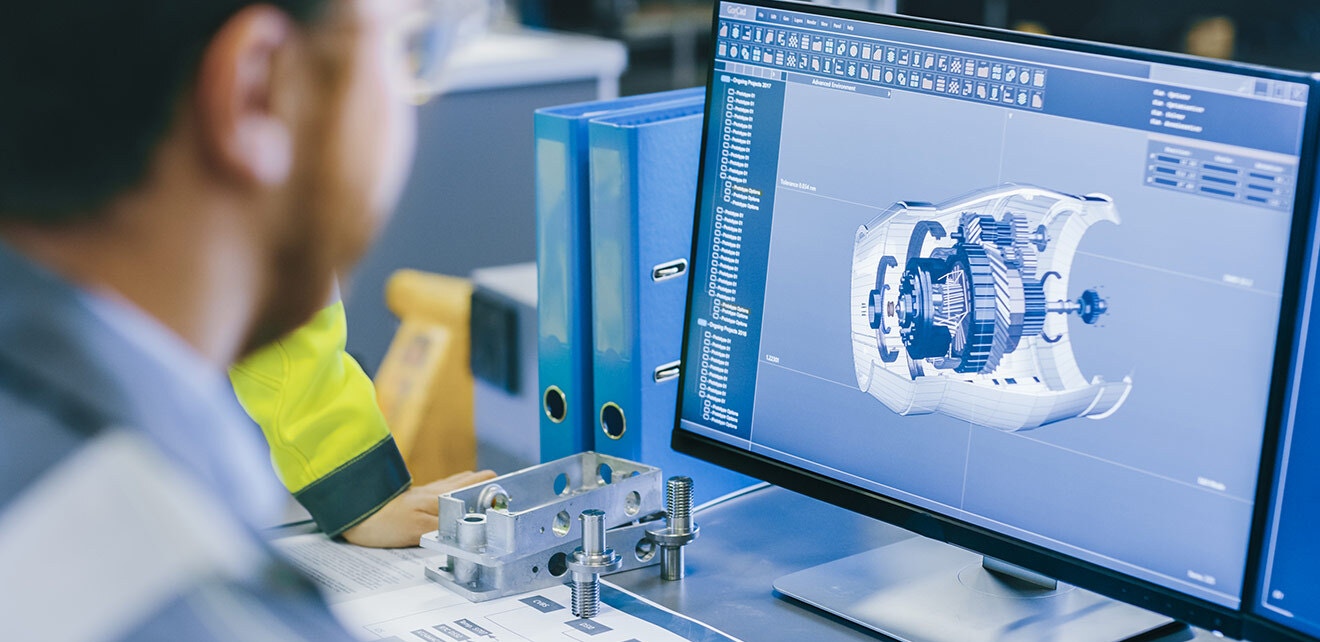Home > Blog
Read Time — 4 minutes
We’re Hiring: Could Increased Efficiency be the Real Answer?

It is a tale as old as time: Discrete manufacturers are desperate for reliable workers. Right now, the sector is in a good news/bad news situation. Manufacturing activity in the United States reached an all-time high in March 2021. Demand for domestically produced goods has surged in the wake of the ongoing COVID-19 pandemic.
That’s the good news. The bad news?
There won’t be enough workers to staff those booming plants, and experts expect the problem to continue throughout the coming decade.
A recent study by Deloitte and the Manufacturing Institute predicted that 2.1 million manufacturing jobs will go unfilled through the end of this decade. Those vacancies will impact the entire economy, costing the nation as much as $1 trillion by the year 2030. The same study showed that manufacturers say hiring difficulty has increased by 36% since just 2018. And, while there is no data available, hiring managers across all industries have expressed concern about the increased federal unemployment insurance benefits and their impact on the workforce. Other suspected reasons for the shortage include Amazon hiring workers for its nationwide network of warehouses. Traditionally, many of those workers may have gone to work at local plants.
Whatever the reasons, the worker shortage seems to have worsened despite a concerted effort in many communities to promote manufacturing as a path to a good-paying job that may not require a four-year degree (and all the accompanying debt).
What should discrete manufacturers do?
One important step to prevent the labor shortage from becoming a labor crisis will be the recognition that solving the problem won’t just require finding good employees.
Technology will play an important role in ensuring discrete manufacturers can still meet demand even with a smaller labor pool—but that technological help won’t just come by automating jobs that can no longer be filled. In many of today’s plants, access to reliable, real-time data is nonexistent. Shops continue to rely on manual data entry and the recollection of employees to understand the reality on the floor.
One example?
A lack of accurate, real-time data often leads to bids that are badly underestimated and ultimately unprofitable. One reason jobs end up in the red can be a poor fit between labor need expectation and labor need reality.
Your plant can’t possibly be staffed the right way when the data coming off your floor is inaccurate or outright bad. With the right data, discrete manufacturers may learn that they have far fewer open positions to fill. They can better match labor to production, potentially reducing costs.
That isn’t just better use of data. That is manufacturing intelligence.
Shop floors are complex places, even for the people who own and manage the plant. Often decisions are made using experience and intuition—and those two things can be powerful. Manufacturing leaders often make the right decisions based on what they know and what they’ve seen over the years.
But what if that intuition and wisdom were validated by real-time data?
The result would be discrete manufacturers experiencing a stronger and stronger bottom line, even in the decade of the great manufacturing worker shortage.
Alora by JobBOSS is the manufacturing intelligence tool for today’s shop floor. The easy-to-use platform empowers operators by giving them the ability to improve performance and efficiency based on real-time data. The platform integrates with any ERP and any machine, regardless of age. The result is an improvement in key utilization rates of as high as 170% and an ROI of $20k per machine per year.
There may not be a simple solution to the lack of workers—but more efficient shops may not feel the pain of the labor shortage in quite the same way. If nothing else, a more dynamic and empowered shop floor is a better place to work. Culture plays a big role in employee retention, and innovation plays a big role in creating culture. In other words, innovation is good for employee retention.
This is the year for discrete manufacturers to embrace manufacturing intelligence as a solution to a variety of challenges—including the labor shortage.



